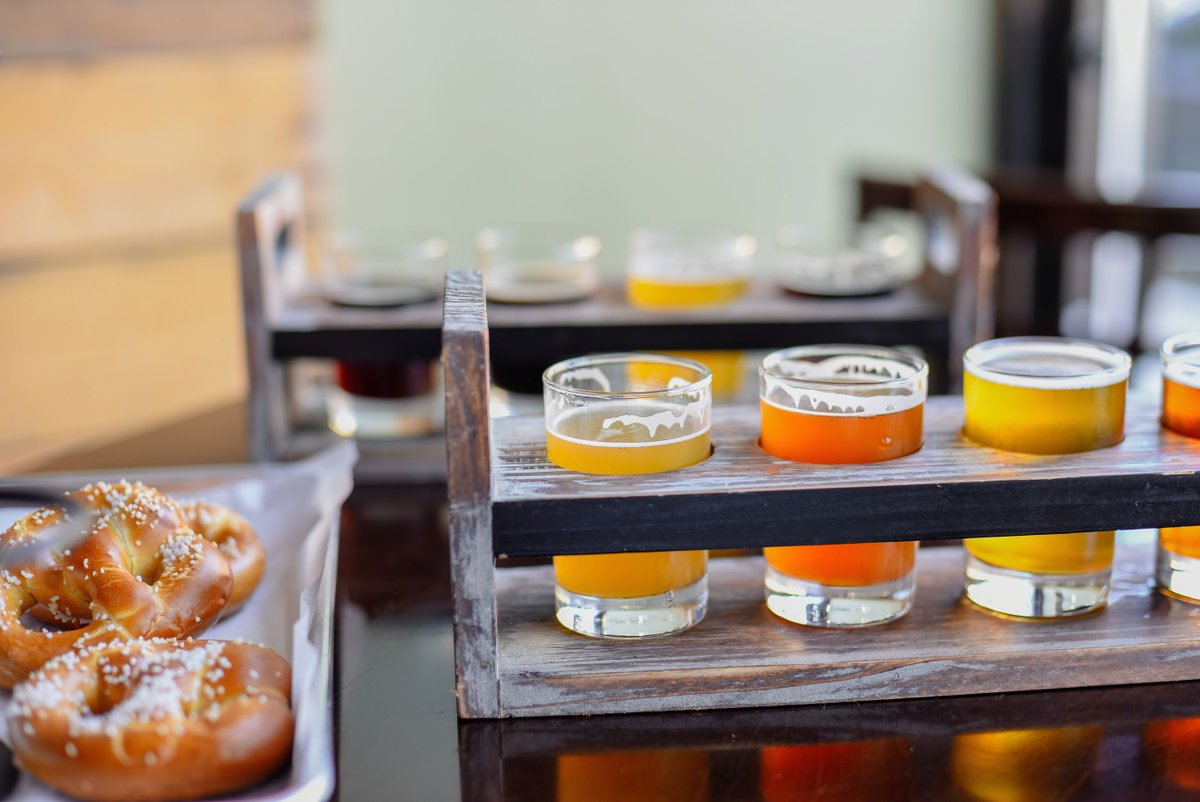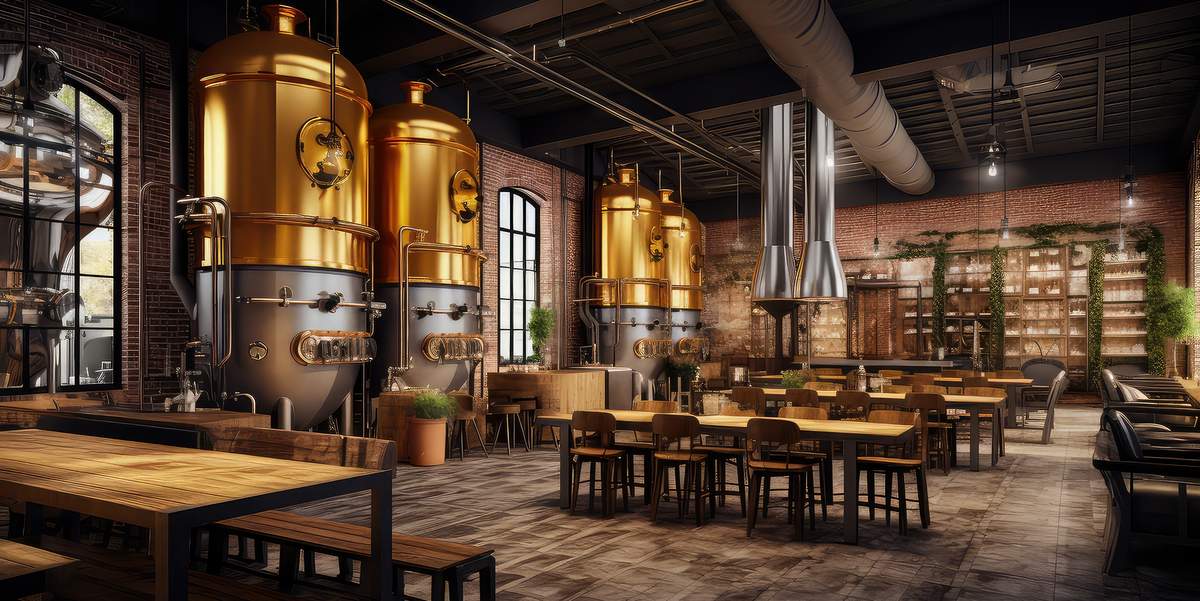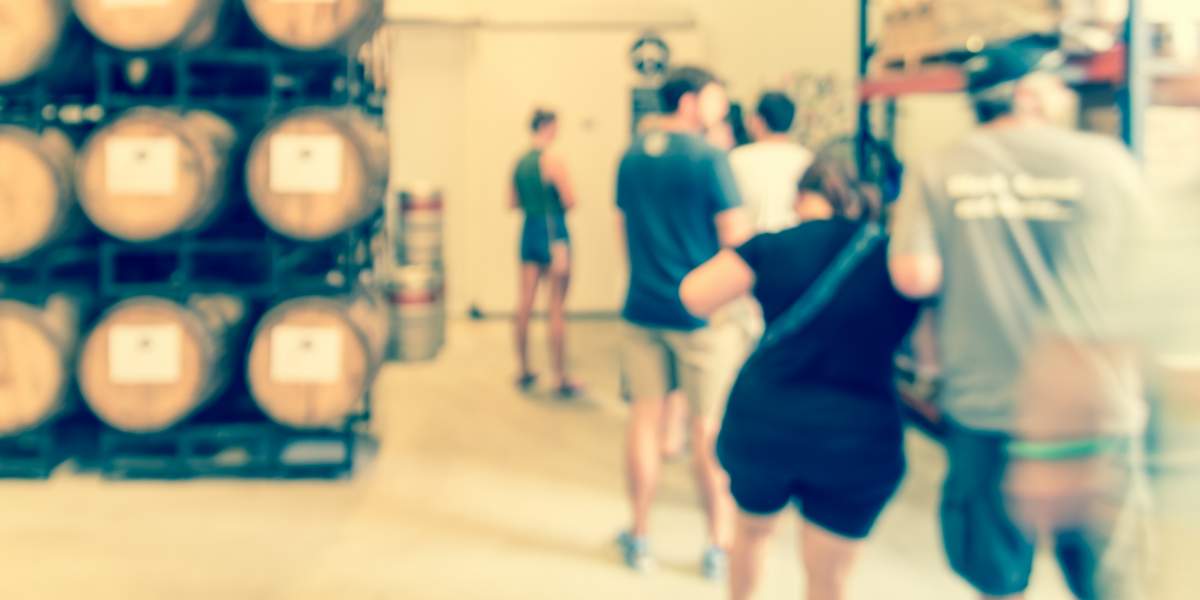
Home became a viable venue to enjoy craft brews more than ever across the last few years. In 2020 alone, Untappd reached 38 million check-ins with the location “Untappd at Home.” With the shock of 2020 lockdowns, capacity restrictions, and other mandates affecting craft breweries, 2021 provided an opportunity for beer lovers to begin returning to their beloved tasting rooms. Even though it might have felt a little different than a 2019 visit, breweries began welcoming their customers back in their doors and with them, taproom profit margins.
Many people craved the return of social outings in some fashion, but high initial expectations were often met with short-staffed breweries trying to navigate circumstances changing sometimes daily. Craft Beer Advisory Services completed a study to investigate consumer opinion across 2021. The report organized over 1,300 unique pieces of 2021 taproom customer feedback from 68 randomly selected breweries across the United States. Each piece of feedback went through an 18-factor motivation matrix of components influencing the likelihood a consumer would or would not return. The factors ranged from key components like beer variety and service interactions all the way to details like parking availability or merchandise offerings. The overall consumer profile represented 47 states, was roughly 45 percent male and 53 percent female. 72 percent of feedback was positive, 14 percent was neutral and 14 percent was negative.
What kept people coming back? Out of 1,337 customer reviews, 274 people had such a memorable time they mentioned they will return. The top five factors motivating their return were:
Beer offerings and variety
Ranking as the number one motivator for return visits, beer variety was mentioned equally by men and women. Despite an equal appreciation for options on the menu, women were twice as likely as men to mention purchasing a flight.
One female customer said, “I don’t think any of us were absolutely blown away by any of their brews, but the flights we got were really enjoyable. Personally, I would like to see a cider of some kind, but even so, my husband and I bought some to take home and share.”
Even though she didn’t find any of this particular brewery’s beers memorable, the variety still impacted a positive experience and ended in a higher tab with beer to go.
The top mentioned beer styles in order were IPAs, sours, stouts, lagers, porters, pilsners and kolsch. Women mentioned sours more often than men, while men had stouts more than women at similar percentages. Even though sours may not be a brewery’s best seller, 2021 consumer data indicated their popularity in flights is near the top across all beer styles.
Food
Food was the number two reason customers came back to taprooms. This may cause some taproom managers a bit of panic whether it is due to limited kitchen space or even state laws restricting food service at breweries. Four methods of food offerings emerged from the study. First, if breweries can do nothing else, allowing food delivery services like Uber Eats or DoorDash had a positive influence on overall experiences. This policy did not motivate any customers to come back, however, all feedback mentioning this policy was neutral or positive. Breweries won’t lose customers by allowing delivery services.
Second, partnering with food trucks or local restaurants may attract loyal customers of that business on certain nights while the brewery also gains points for supporting local. Third, a limited kitchen offering a category or category of foods like flatbreads, pretzels or pizzas increases the likelihood a customer will return. Fourth, a full kitchen opens the brewery to an entirely new demographic of a non-beer crowd. Folks will return to breweries based on food alone as long as their favorite item does not disappoint.
Regardless of where a brewery sits on the food offering ladder, quality ultimately mattered most. If a brewery can enlist an impressive lineup of food trucks, that’s better than offering different pretzel variations if the quality is perceived as low.
Environment and location
So often customers will love the vibe or the ambiance at a brewery. The next part of the study took a look at exactly what customers meant. The top factor contributing to a positive environment was outdoor seating (e.g., beer gardens, patios), and it wasn’t even close. Outdoor elements (e.g., seating, fire pits, heaters, views) were mentioned in over half of customer reviews noting a positive environment. Outdoor seating options were also twice as likely to influence positive perceptions about COVID-19 safety precautions.
Other important factors for the brewery vibe were TVs, dog friendly policies, cleanliness and décor. On the entertainment front, brewery tours were most popular followed by live music. Trivia nights were less mentioned than board games. When thinking about the next renovation at your brewery, adding or upgrading the outdoor experience should be near the top of the list. After that, consider adding TVs not just for football Sundays, but other watch parties for reality TV to the likes of the Bachelorette.

Staff
We all recognize staff are incredibly important in building out the culture and environment of a brewery. The difference between a positive and negative experience can be impacted in the first five minutes with a host or bartender. However, in current times, it is more difficult than ever to attract and retain talented staff especially in the service industry.
The top descriptors for positive staff experiences were “friendly” and “helpful.” Many patrons have a collective understanding that time are tough and with that comes a higher tolerance for things like slow service. Customers do not have a tolerance for “rude” or “disrespectful” staff as those two terms were associated most with customers vowing to never return to a taproom.
To be specific, beer sampling policy implementation was a specific pain point in staff interactions. One customer mentioned her husband being able to sample several beers before deciding on a full pour, but when she approached the bar, she was met with a dismissive attitude. The inconsistency upset her and ruined her experience.
Service
It’s no secret customers love quick and efficient service. But as hinted before, customers are bringing a higher level of patience as they return in-person often to short-staffed taprooms. Among reviews citing “slow” service, one in four experiences were still positive overall.
Patrons exhibit less patience during seating experiences. Nearly one in five neutral or negative reviews mention a poor interaction with a hostess or unreasonable wait time. While wait times will be hard to avoid in some brewery environments, ensuring customers are greeted and possibly offered a beer for the wait goes a long way.
Overall takeaways
With 2021 serving as the start of reopening, ensuring a consistent customer experience in 2022 could potentially make or break a brewery’s future growth or recovery. Keys to success in 2022 include investing in beer variety, adding or polishing food offerings, adding or upgrading outdoor elements, intentionally train staff patience and ensuring a tolerable wait experience. Data suggests keeping these action items in mind will likely increase the amount of return customers more than any other alternatives one might consider.
Michael Varda is the founder at Craft Beer Advisory Services, a full-service market research firm exclusively dedicated to the craft beer industry. Their work helps craft breweries increase sales and sharpen marketing efforts with consumer intelligence research.





Craft Beer Advisory Services says
Thanks for the feature! 🍻